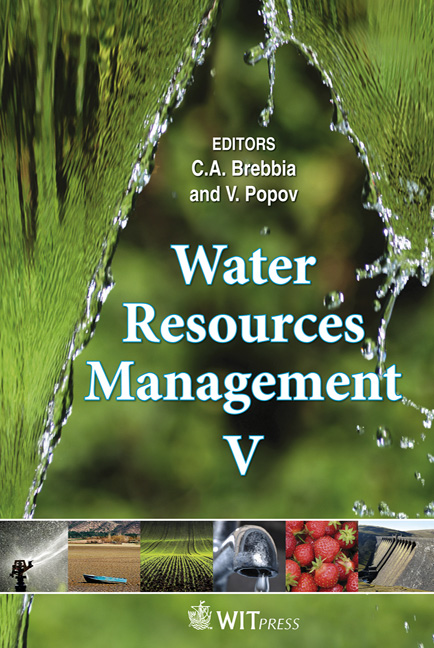Groundwater And Contaminant Travel Time Distributions Near Permeable Reactive Barriers
Price
Free (open access)
Transaction
Volume
125
Pages
12
Page Range
245 - 256
Published
2009
Size
1,037 kb
Paper DOI
10.2495/WRM090231
Copyright
WIT Press
Author(s)
H. Klammler, K. Hatfield & I. V. Perminova
Abstract
Permeable Reactive Barriers (PRBs) is a passive in-situ technology, which is based on the interception and remediation of a contaminant plume through installation of reactive material in an aquifer. Groundwater and contaminant travel times for a given location in the aquifer to or from the PRB are important parameters in PRB design and performance monitoring. The approach taken is two-dimensional in the horizontal plane and based on existing flow field solutions for a series of PRB configurations. Transport is considered purely advective with a possible retardation between groundwater and contamination. The aquifer is assumed homogeneous and a dimensionless travel time is introduced for arbitrary magnitudes of ambient groundwater flow, confined aquifer thickness and porosity as well as contaminant retardation. Travel time is expressed in a general form by an integral along curved stream lines in the physical plane and transformed into an integral along a straight stream line in the complex potential plane, where a simple numerical integration method is applied to generate maps of isochrones. Travel times are seen to be rather uniformly distributed within capture/release zones with minor effects of local low flow zones (stagnation points). Funnel-and-gate systems show a stronger lateral growth of capture/release zones at early times than other PRB types. Drain-andgate PRBs possess closed isochrones and are identified as transitional configurations between classic PRBs and pump-and-treat systems. Keywords: aquifer, plume, remediation, capture zone, conformal mapping, particle tracking.
Keywords
aquifer, plume, remediation, capture zone, conformal mapping, particle tracking





